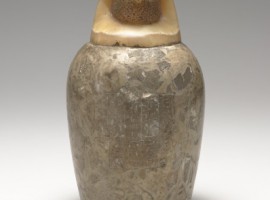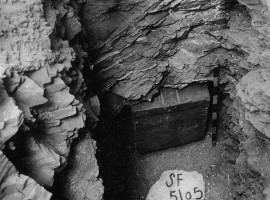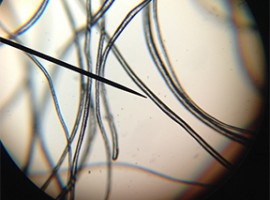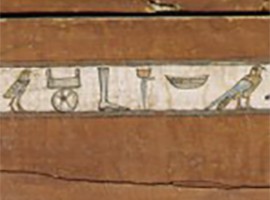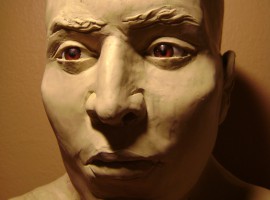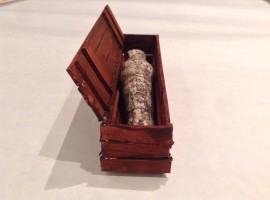M.LiT Fibers Lab
Objects such as tapestries, upholstery, and clothing are made from textiles (which are woven from fibers). These objects are often saved and collected as historical artifacts or for decorative reasons. Fibers commonly used throughout history and around the world include linen, wool, cotton, and silk. The identification of fiber types allows conservators to make informed decisions about the treatment of art, since certain chemicals affect fiber types differently. Identifying fiber types also helps with identifying the origin of artifacts — different fibers are native to different regions. Linen is an example of a localized fiber, used widely in Ancient Egypt. Tjeby the mummy is wrapped completely in strips of linen to help with his conservation.
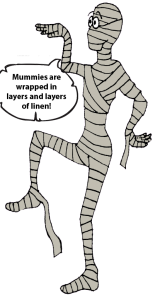
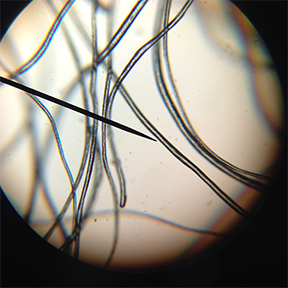
Linen seen under a microscope during a conservation lab.
The Conservation of Tjeby, Interview with Dr. Peter Schertz Interview Transcript:
PS: Remember he is a 4,000 year old mummy, which means he’s one of the oldest mummies that survived and one of the oldest mummies in North America. So on some level, the conservation measures were, and that’s the whole purpose of mummification of course, is to preserve the remains of a person.
PS: Some say the conservation of Tjeby goes all the way back to the first intermediate period.
PS: He survived 4,000 years, largely because of the climate in Egypt – which is very dry and very warm and very stable. And once you take an object out of that environment – and especially because it was dark and so he wasn’t being exposed to sunlight and other light sources – and once you take an object out of that environment, there is going to be much deterioration.
To view the full interview transcript, Click Here!
To hear more from curator Peter Schertz? Click Here: video.foxnews.com
